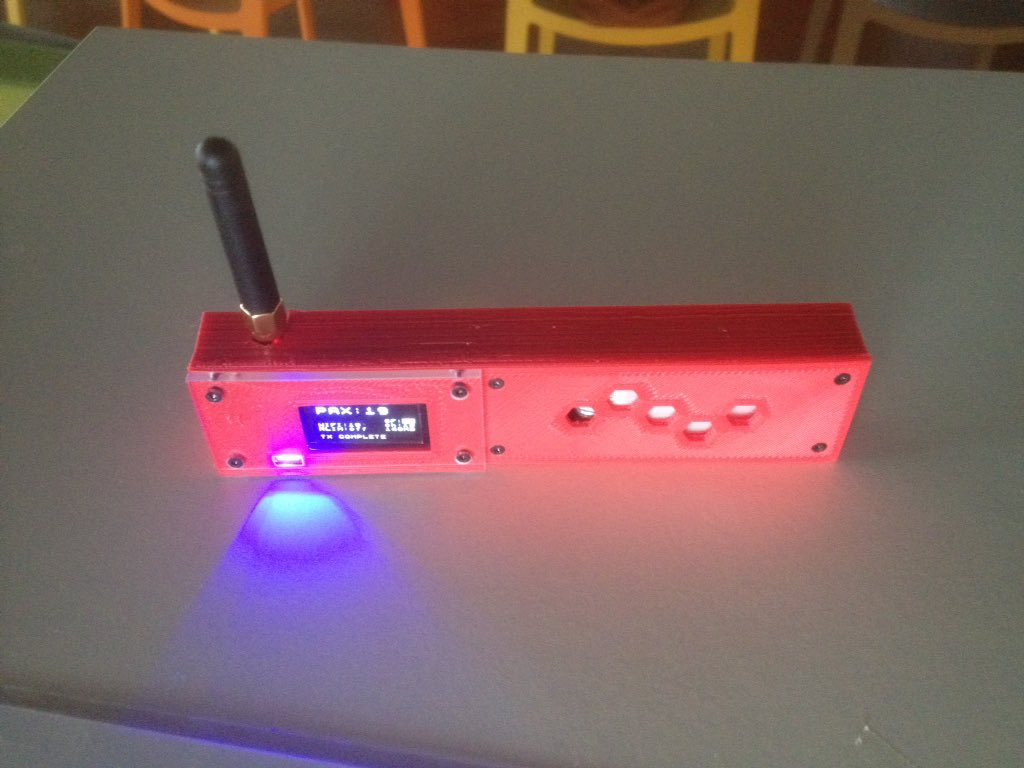I recently spotted a new TTGO v2.1 case on twitter, with big battery co-case, made by twitter user @orless:

1 Like
I recently spotted a new TTGO v2.1 case on twitter, with big battery co-case, made by twitter user @orless:
